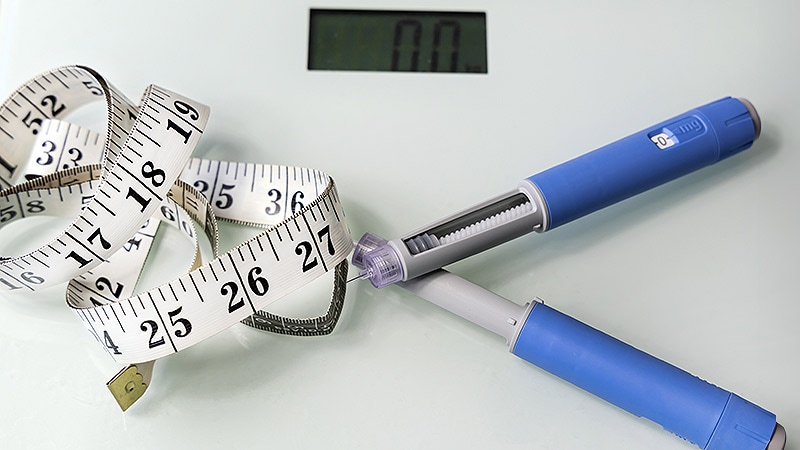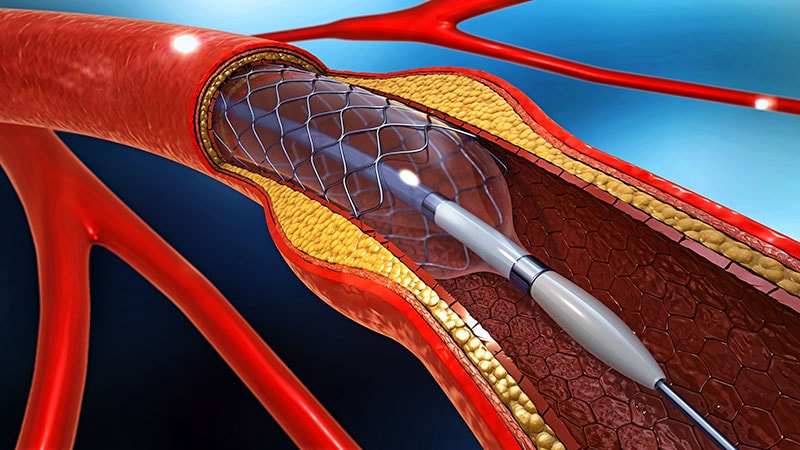Which Treatments Lead Neuropathic Pain Care?
TOPLINE:
A meta-analysis of 313 trials found that tricyclic antidepressants (TCAs), serotonin and norepinephrine reuptake inhibitors (SNRIs), and alpha-2-delta ligands offered modest efficacy for neuropathic pain and were recommended as first-line treatments. Capsaicin 8% patches, capsaicin cream, and lidocaine 5% plasters were recommended as second-line treatments, and botulinum toxin type A, repetitive transcranial magnetic stimulation (rTMS), and opioids were recommended as third-line treatments.
METHODOLOGY:
- Researchers conducted systematic searches in Embase, PubMed, the International Clinical Trials Registry, and ClinicalTrials.gov.
- A total of 313 trials (284 pharmacologic and 29 neuromodulation studies) were analysed, comprising 48,789 adults treated for neuropathic pain.
- The primary efficacy outcome was the proportion of participants achieving at least 50% or 30% reduction in baseline pain intensity or moderate pain relief, and the primary safety outcome was the number of participants who withdrew from treatment due to adverse events.
- Nine neuromodulation and 89 pharmacologic interventions were assessed. For each treatment, risk differences were used to determine the number needed to treat (NNT) and the number needed to harm (NNH).
TAKEAWAY:
- Strong recommendations were made for the use of TCAs (NNT, 4.6; NNH, 17.1; moderate certainty of evidence), alpha-2-delta ligands (NNT, 8.9; NNH, 26.2; moderate certainty of evidence), and SNRIs (NNT, 7.4; NNH, 13.9; moderate certainty of evidence) as first-line treatments.
- Weak recommendations were made for the use of capsaicin 8% patches (NNT, 13.2; NNH, 1129.3; moderate certainty of evidence), capsaicin cream (NNT, 6.1; NNH, 18.6; very low certainty of evidence), and lidocaine 5% plasters (NNT, 14.5; NNH, 178.0; very low certainty of evidence) as second-line treatments.
- Furthermore, weak recommendations were made for the use of botulinum toxin type A (NNT, 2.7; NNH, 216.3; moderate certainty of evidence), rTMS (NNT, 4.2; NNH, 651.6; low certainty of evidence), and opioids (NNT, 5.9; NNH, 15.4; low certainty of evidence) as third-line treatments.
IN PRACTICE:
"The recommendations highlight the need for shared decision making, prioritising patient autonomy and preferences when tailoring treatment strategies. Health-care professionals should adapt these guidelines to their specific contexts, accounting for the cost, accessibility, and feasibility of treatments," the authors wrote, emphasizing the need for further "placebo-controlled or sham-controlled trials done over clinically relevant timeframes."
SOURCE:
This study was led by Nadia Soliman, PhD, Imperial College London, London, England, and Xavier Moisset, MD, Université Clermont Auvergne, CHU Clermont-Ferrand, Clermont-Ferrand, France. It was published online in the May 2025 issue of The Lancet Neurology.
LIMITATIONS:
This study was limited by potentially selective decision-making and heterogeneity in trial design, outcome measures, and reporting, thereby reducing precision. Crossover designs and inconsistent placebo responses may have contributed to changes in treatment effect estimates. Several studies lacked dose-response data, detailed adverse event reporting, and long-term follow-up, constraining safety assessments.
DISCLOSURES:
This study was funded by the NeuPSIG committee and ERA-NET Neuron. Several authors reported having various ties with various sources. Details are provided in the original article.
This article was created using several editorial tools, including AI, as part of the process. Human editors reviewed this content before publication.


 Admin_Adham
Admin_Adham


